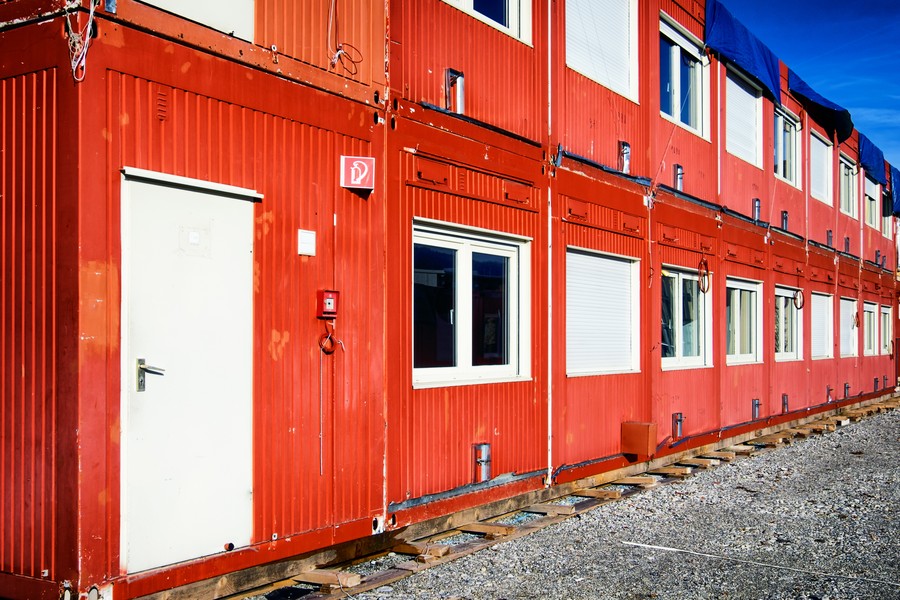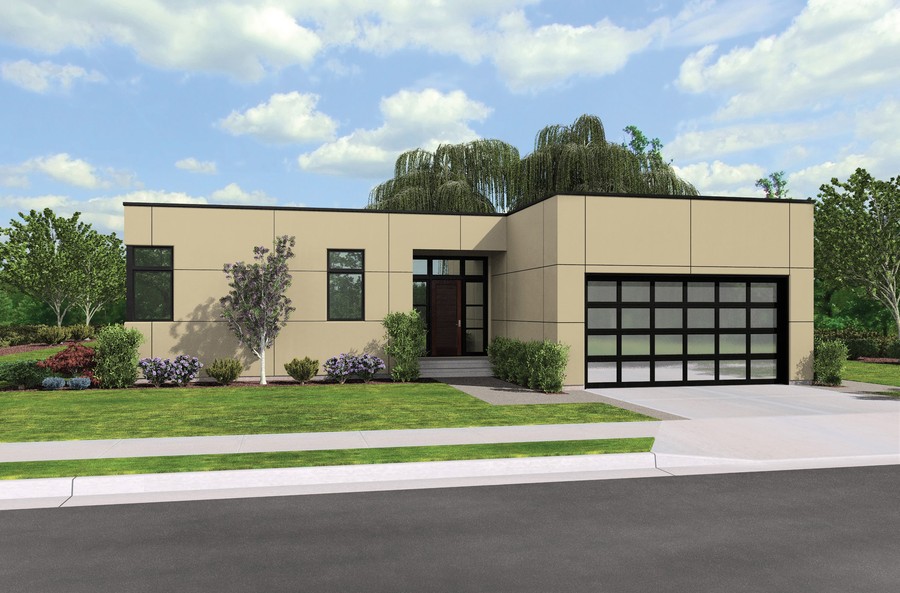Deconstructing Shipping Container Homes
All Categories
About Our Plans Building a Home Building Your Home Green Building Help and Support Hobbies & Recreation Home Building Tips and Information Home Design Home Exterior & Framing Homepage Articles House Plan of the Week How We Work Ideas and Inspiration Industry News Infographics Information & Resources Inspired Spaces Interior Design Kitchens Mascord News Modified Home Designs Outdoor Living Personal Stories Plan Support Products and Services Real Estate Remodeling & Renovating Showstoppers
In some circles, the shipping container home trend is all the rage. It’s part of the “reuse, reduce, recycle” movement. However, some things aren’t meant to be reused – at least, not as a home. Shipping containers are one of those things.
Where are all these shipping containers coming from? For the most part, these containers are widely available because the countries that sent them to the United States find it more expensive to pay for return shipping than it is to simply order new containers from overseas manufacturers. The result is that almost anyone can buy a shipping container – or a whole fleet of them – with the idea of building an ultra-modern home or office.
The problem is that these containers come with so many disadvantages. It is highly impractical to convert them into a usable building, despite all of the buzz to the contrary. This trend is referred to as a green or eco-friendly way to build a new home, but in actuality, the work involved in making a shipping container habitable is incredibly inefficient, requiring more energy than a builder would use to build a new home.
For starters, the average shipping container is only 8 1/2 feet tall. Those are the exterior dimensions – once you’ve added flooring, insulation and wallboards to your new “home,” you’ll actually have an interior space that measures 7 feet or less. This means that in order to create a space that is comfortable by reasonable standards, you’ll need extra materials and labor (along with a structural redesign) to raise the ceilings or you’ll need to start stacking shipping containers to build a taller home. In the end, you’ll end up with an awkward space that works around the limitations of the original structure.
When it comes to adding all the things that make a house a home – think windows, doors, plumbing, electrical and HVAC – you’ll find that retrofitting a shipping container takes every bit as much effort and usually more money than you’d spend on a conventional home. The shipping container only gives you the walls. You’ll need to cut openings for all of the fixtures and add all of the necessary framework to support them.
If those factors aren’t enough to deter you, then think about this: Shipping containers are loaded with toxins. For the last decade, many people have raised concerns not about the safety of living in shipping containers, but about the safety of the goods that are shipped in them. The wood flooring is treated to prevent pest infestations and to make the containers more moisture resistant, containers are routinely fumigated to prevent the transfer of pests from one country to the next, and sometimes the chemicals within the goods that are being shipped leach into the containers. Without serious decontamination, a shipping container home may prove to be a major health hazard.

In light of all this, shipping containers probably aren’t a great choice as a building material. If you absolutely must have one, you’re better off converting it into a backyard office or studio – but keep in mind that this project will cost you. If you want that same modern industrial look, you’ll be much better off with custom home design or contemporary house plans. Homes like the Tilikum or the Keighley will give you a similar aesthetic – and a well-designed living space – with far fewer hassles.
